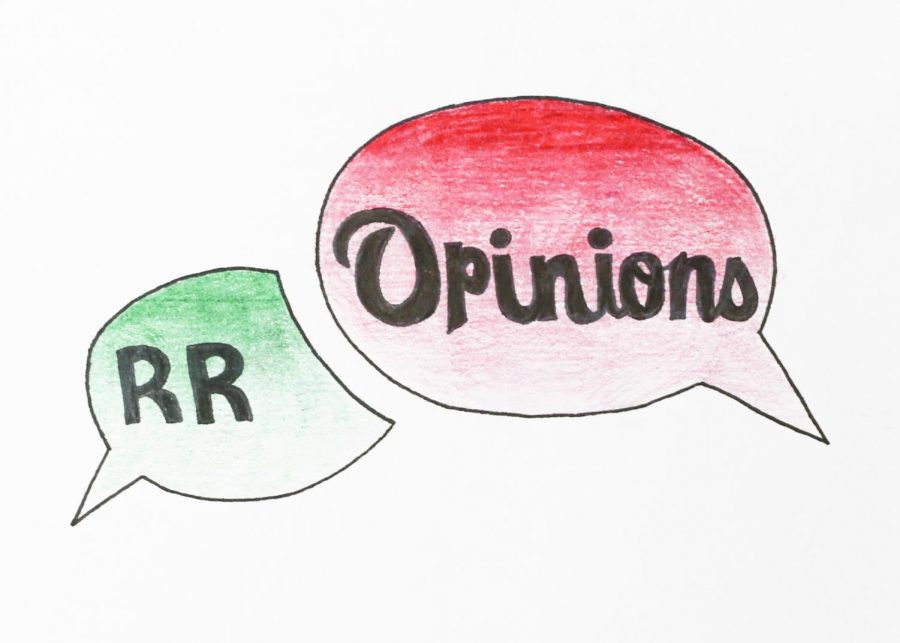Anxiety in Teenagers
February 2, 2021
What is your inner demon? Everyone has something that haunts them, something that holds them back. A heavy weight around the ankles. For teenagers today, it is anxiety. Anxiety has a big impact on the youth of modern society and it appears that the amount of young people affected by it increases every year.
So what exactly is anxiety? And how does it differ from just regular stress? According to the U.S. National Library of Medicine, anxiety is the feeling of fear, dread, and uneasiness. It can cause a person to sweat, feel restless, tense, and have a rapid heartbeat; but for people with anxiety disorders, the fear is not temporary and can become overwhelming. A common misconception about anxiety is that there is only one type but there are actually several. Different people experience overwhelming stress under different circumstances and every circumstance is valid. Some people feel calm under situations that would cause other people to have a panic attack.
Anxiety, especially in teenagers, usually stems from the workload put upon them from high school. The fear of not being good enough and the fear of failure can cause a heavy amount of stress in a developing teen as well as insecurities from comparisons between oneself and one’s peers. A few students from various schools throughout the Deer Valley School District have shared that the main cause of their stress and personal fears was suffocative school expectations. Deadlines, rubrics, tests, and the perfectionist methods of some teachers scares off some students and eventually leads to them shying away from their tasks and responsibilities to avoid facing any potential negative consequences or feedback.
So, if anxiety is so common amongst students, then wouldn’t it just be considered as a normal effect of being put in a learning environment? A fear of challenge? No, regular stress can be healthy in that it can be used to one’s advantage as a motivator to overcome obstacles and work harder and do better, but serious anxiety can damage a person and plant unreasonable fears and justifications inside a person’s brain. According to the CDC, 7.1% of children aged 3 to 17 years (about 4.4 million) are diagnosed with anxiety. Along with that, many children and teenagers also suffer from another disorder alongside anxiety. About 3 in 4 children 3-17 years old who have depression also have anxiety (73.8%) and almost 1 in 2 have behavior problems (47.2%).
Like every other disorder, there are many common misconceptions. First off, many people believe that anxiety is mostly for adults. After all, adults have it harder right? This is in fact not true, because anxiety affects both children and adults alike. Anxiety isn’t curable like many people believe. It can be lessened and diluted, but it can’t be gotten rid of completely. A lot of people also tend to believe that making healthier decisions, managing one’s time better and organizing one’s daily life more will take the stress away, however it should be understood that a “messy” lifestyle isn’t what gives a person anxiety, but rather it’s anxiety that can give someone a messy lifestyle. Lastly, a person with anxiety doesn’t need to act easily irritable or constantly fearful to prove that they have anxiety. A person’s lifestyle and how “put together” a person is does not necessarily reflect what goes on in their mind or how they’re feeling.
Anxiety is only one of the many struggles teenagers face, especially today, and continues to affect a wide age range of people with every passing year. It can make people do as little as sweating a little to bouncing their leg to having a panic attack. Never undermine how someone feels and always be mindful of others and remember that you are not alone.





